In the world of handmade card crafting, each element – be it a focal image, a sentiment, or the background – plays a unique role. Among these components, the card background often acts as a silent player, setting the stage for your focal image and sentiment to shine. In this post, I will discuss paper-based background choices, including white and colored cardstock, color blocking, woodgrain textures, and patterned paper. Once I started writing this post, I realized the vastness of the topic. In a future post, I plan to write about additional background options such as dry-embossing, cover plates, and mixed media options. Throughout this post, I’ll be illustrating the background options with cards from my blog archive. Click on the card image to be taken to the original post.
Let’s start with the background that is readily available, affordable, and pairs with any theme – white cardstock. As I look back on my first cards, the majority were created on white cardstock, and I still choose a white cardstock background for my Clean and Simple (CAS) cards. Classic and versatile, white cardstock allows focal elements to stand out.
Available in a wide range of options at a reasonable cost, a colored cardstock background can contribute significantly to the overall impact of the card. Furthermore, a smooth-textured, colored background allows heat-embossed sentiments to stand out. Colored cardstock is a perfect choice for adding color and complementing a theme.
Woodgrain cardstock adds a touch of natural charm and warmth to handmade cards. Its textured appearance works particularly well when aiming for a rustic, nature-inspired, or vintage aesthetic. However, woodgrain cardstock comes with certain limitations, notably its relatively restricted color options.
Color blocking adds energy and visual interest to a card background. It’s a versatile technique that works for a wide range of themes. However, it requires precise cutting and thoughtful color selection to achieve its full potential.
Patterned paper offers a quick and convenient way to add character to your card backgrounds. With a diverse array of designs readily available, you can effortlessly introduce themes, colors, and styles that work with your project. While looking for examples of patterned paper backgrounds for this post, I realized that my fondness for patterned paper has endured. Of course, patterned paper may not always align perfectly with every theme you have in mind.
Additionally, patterned paper can be covered with vellum to quiet the pattern and/or make a sentiment more legible.
To conclude, I have covered background options for handmade cards from the clean simplicity of white cardstock to the variety of patterned paper. In a future post, or two, I will explore additional cardmaking background options. Of the background options I discussed, which one are you most likely to choose?

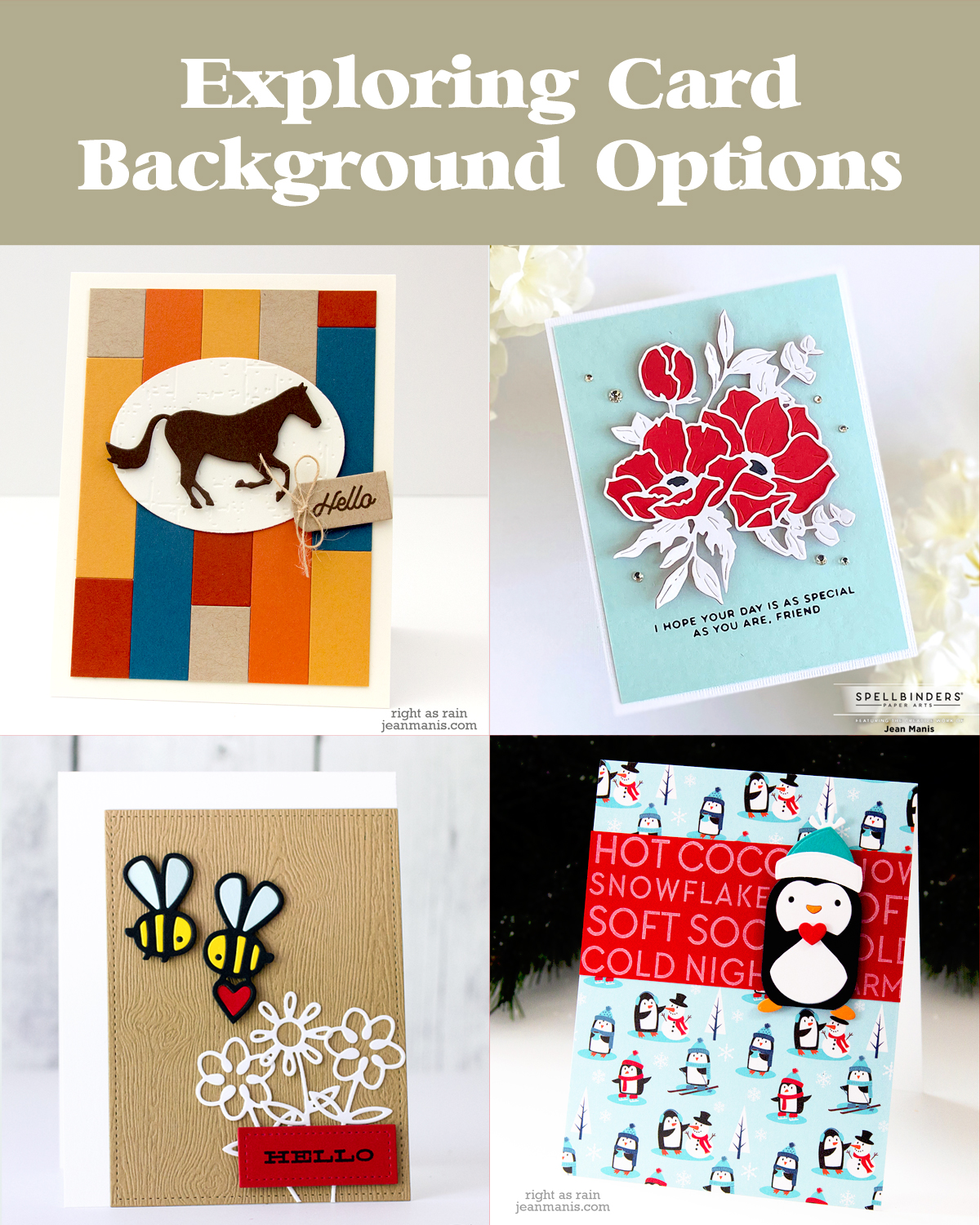
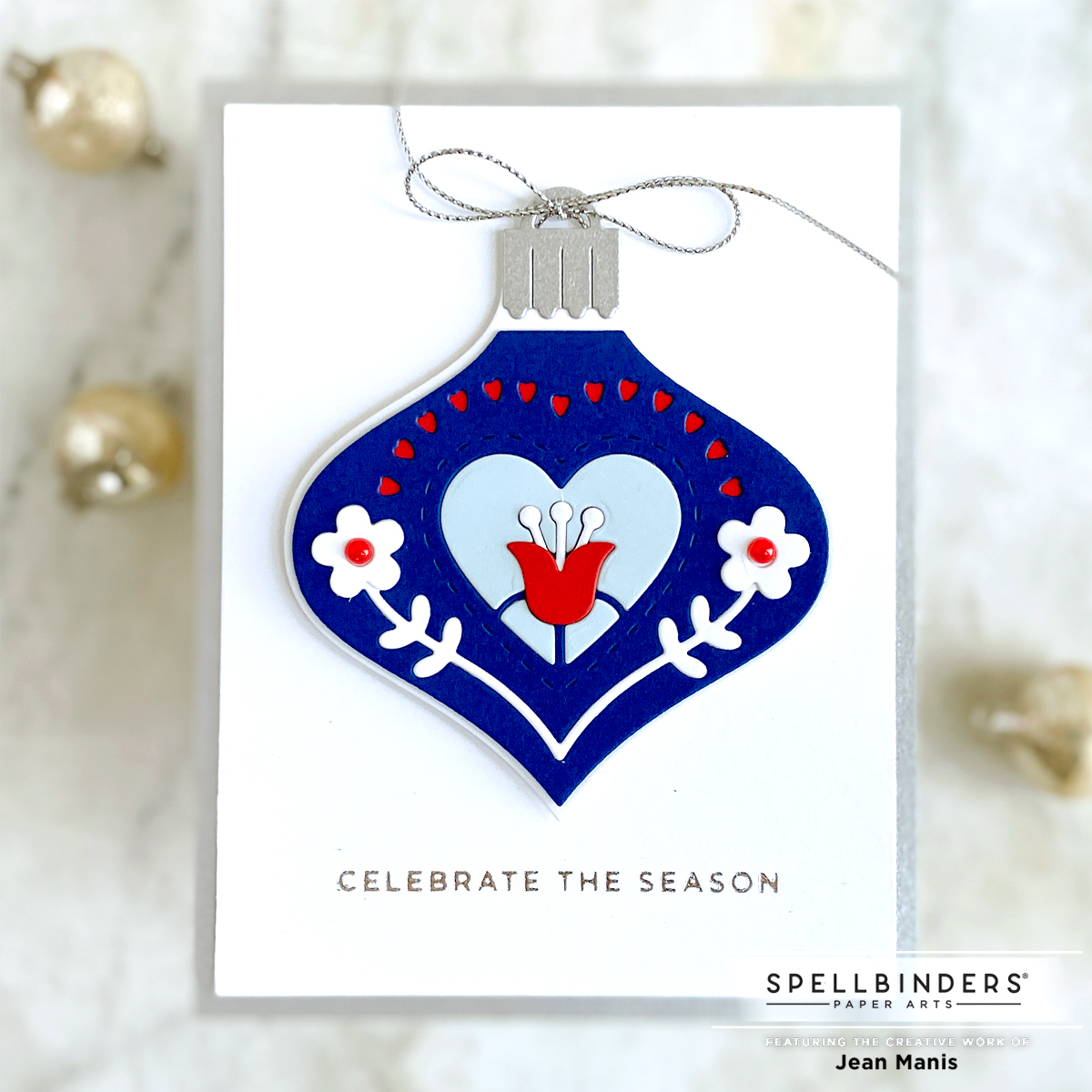
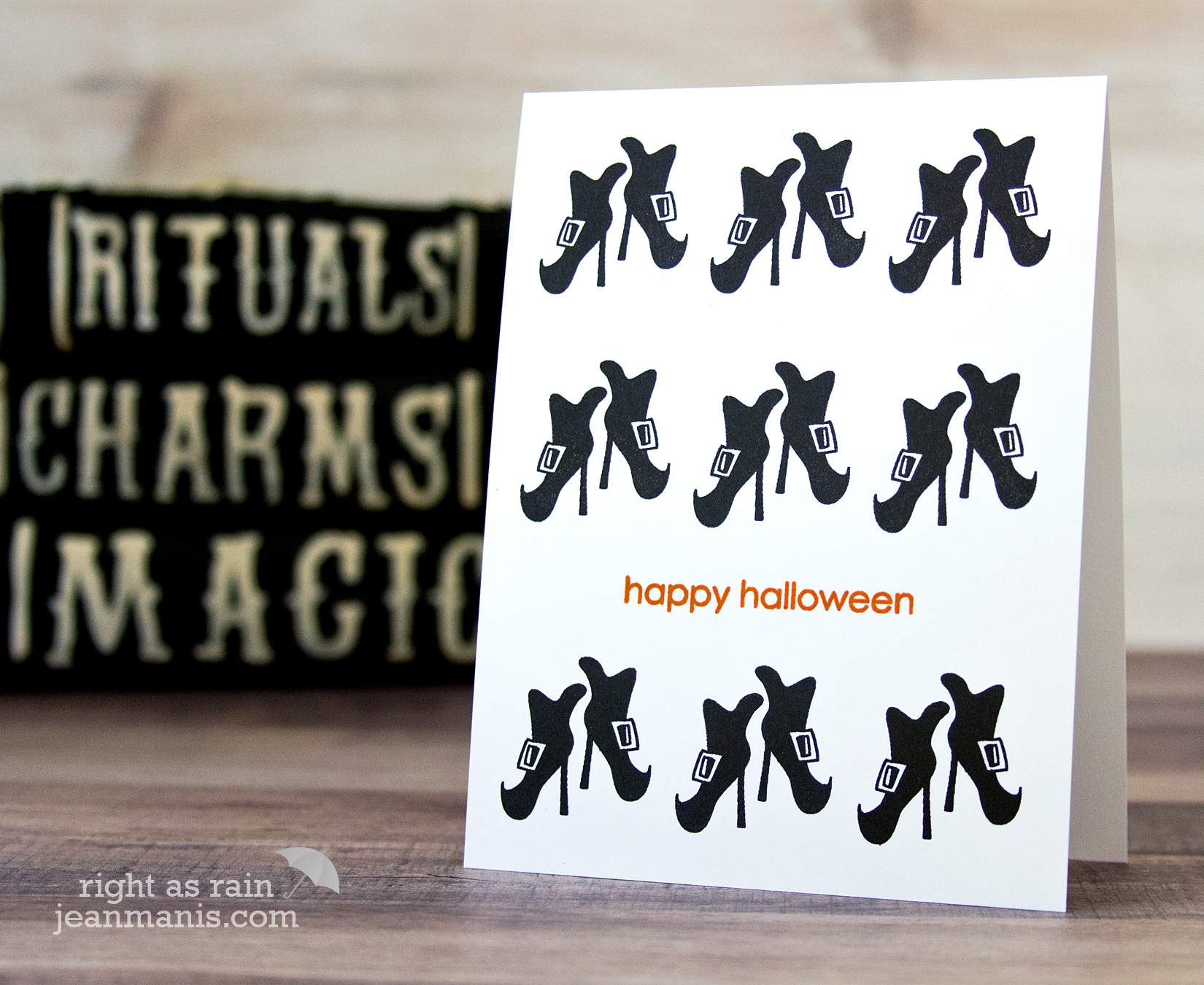
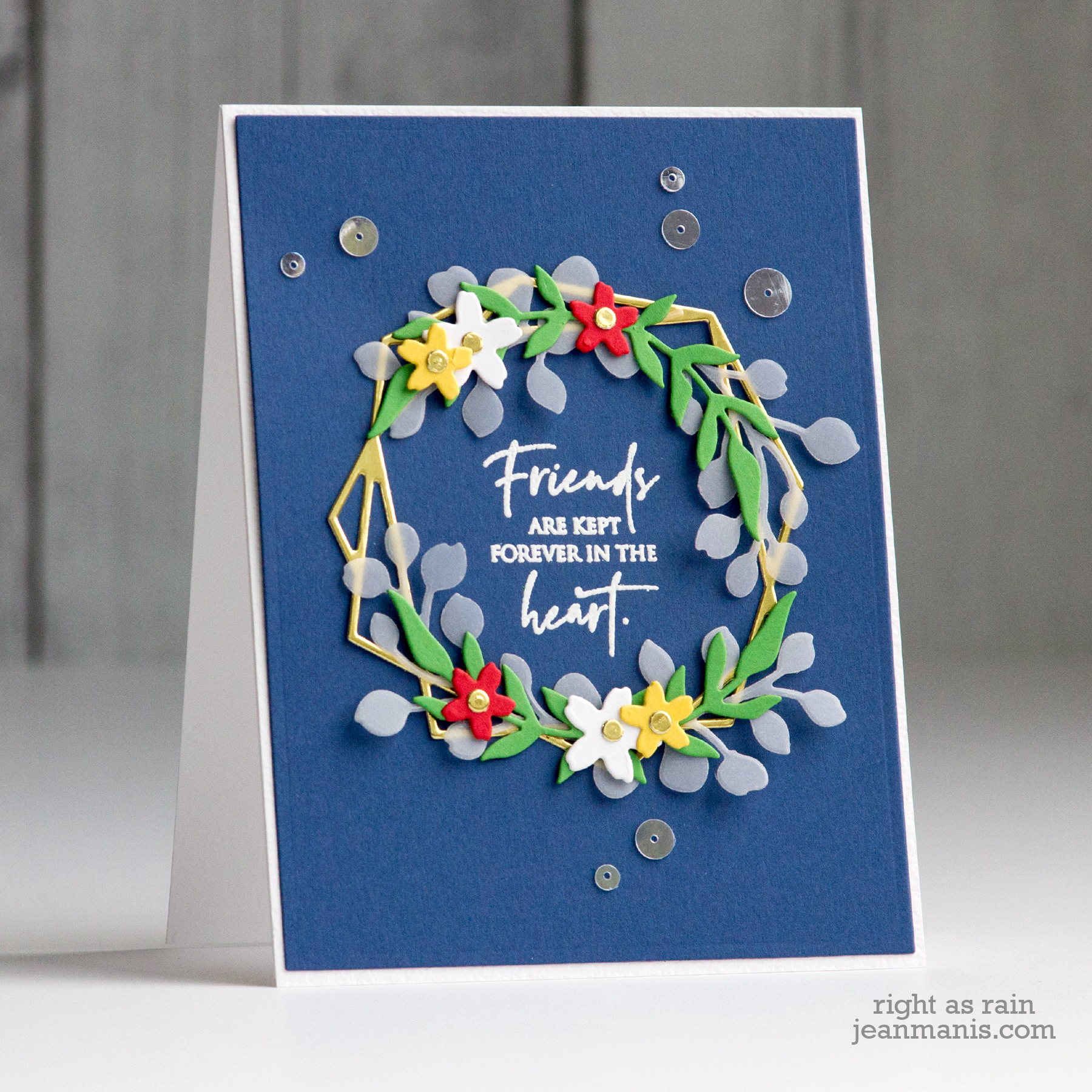
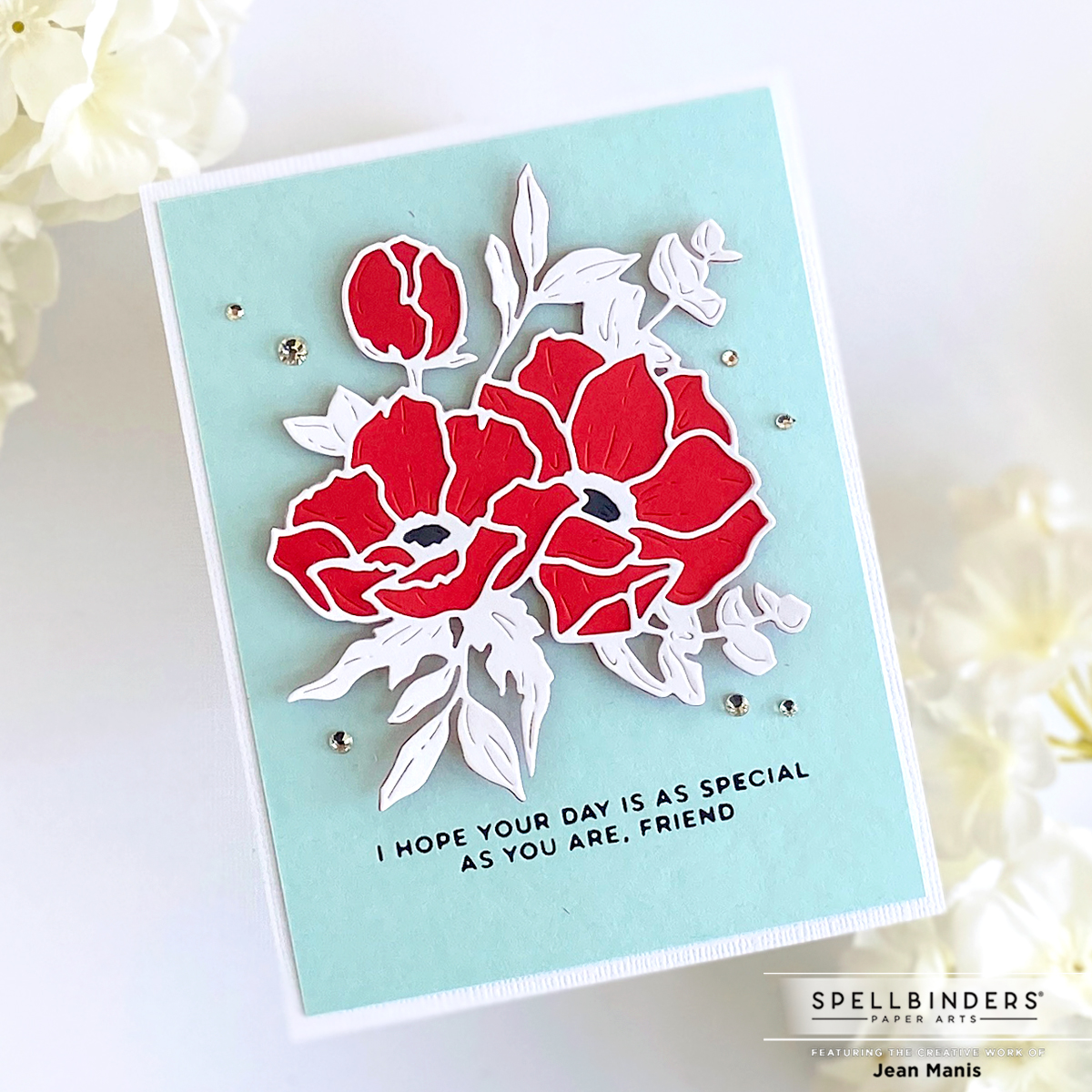
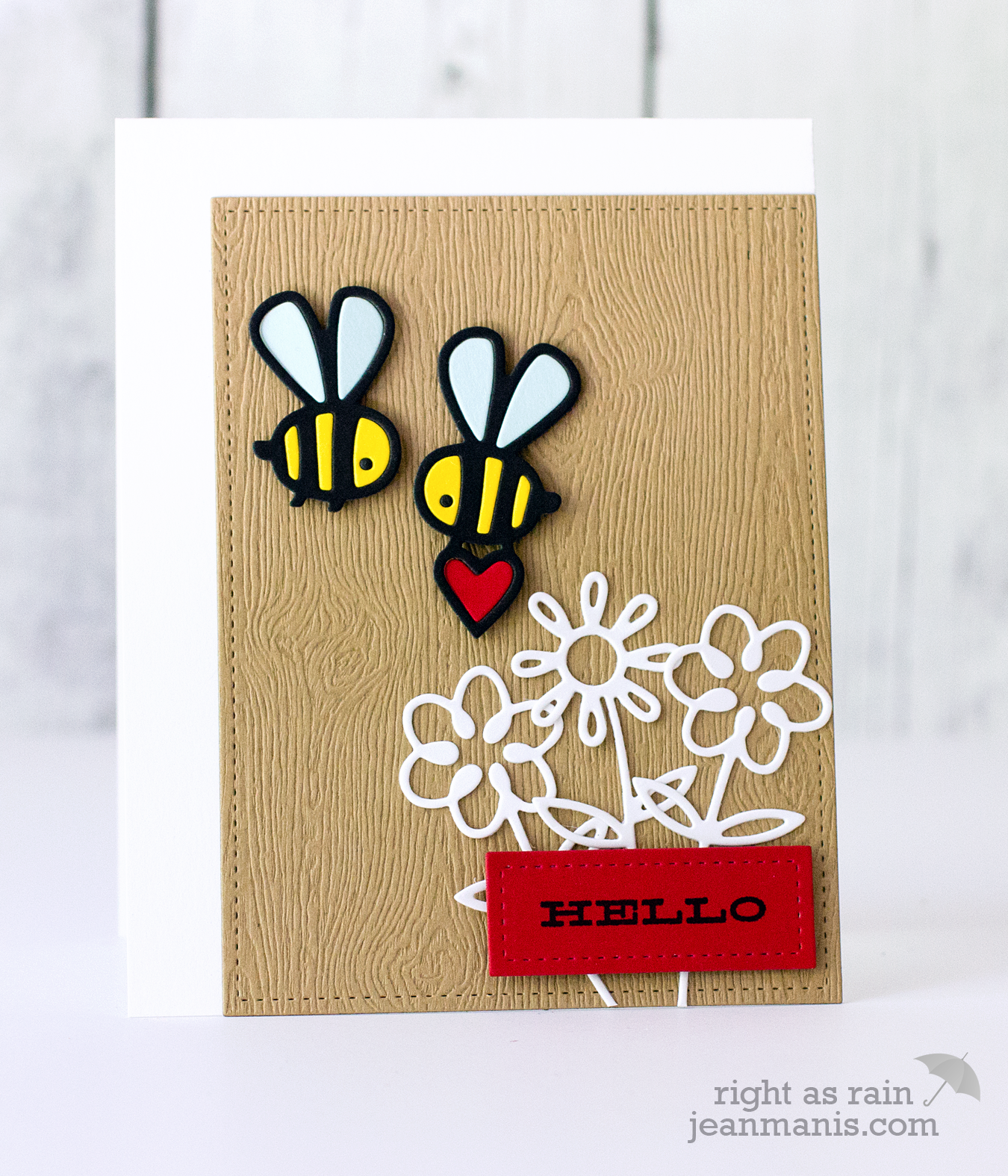
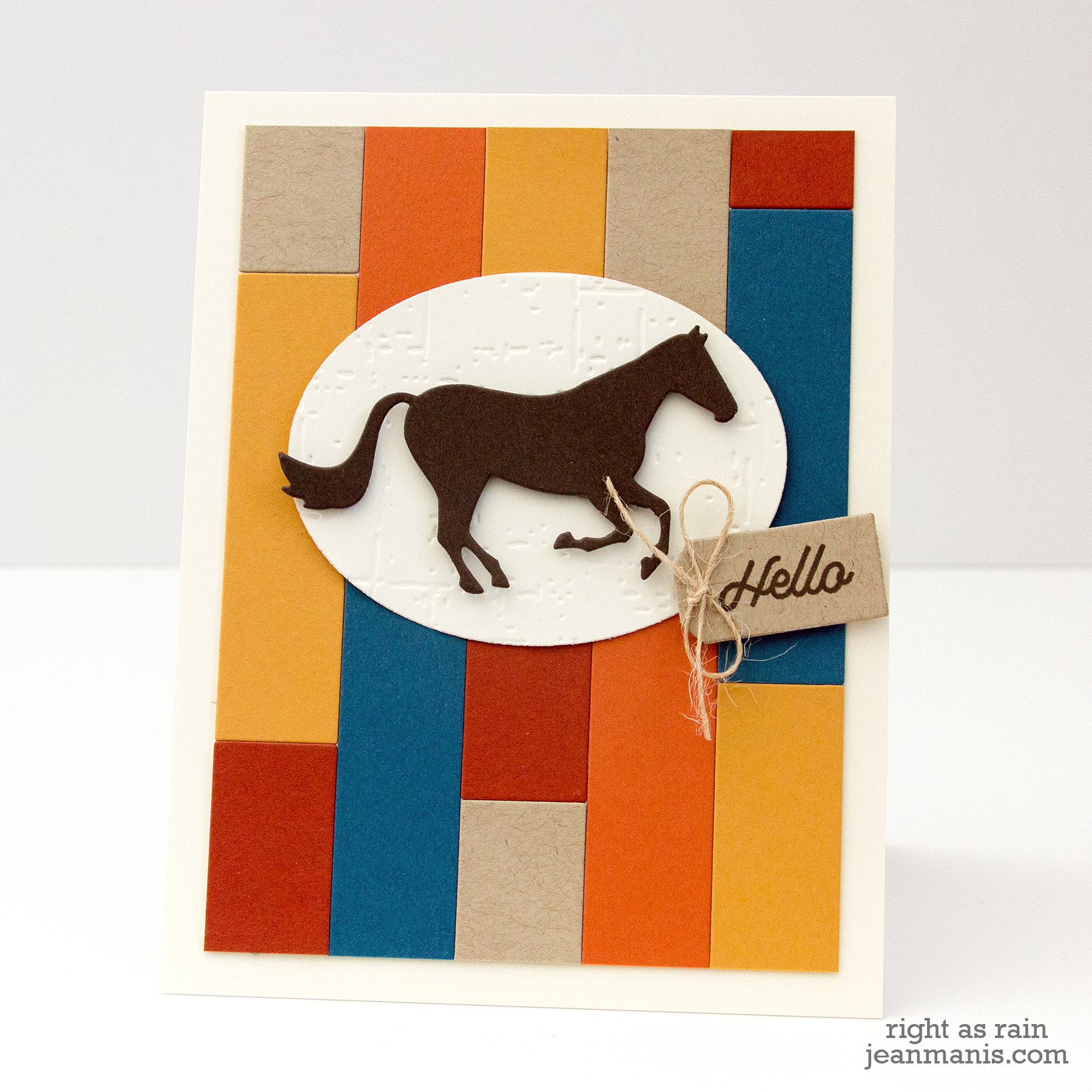
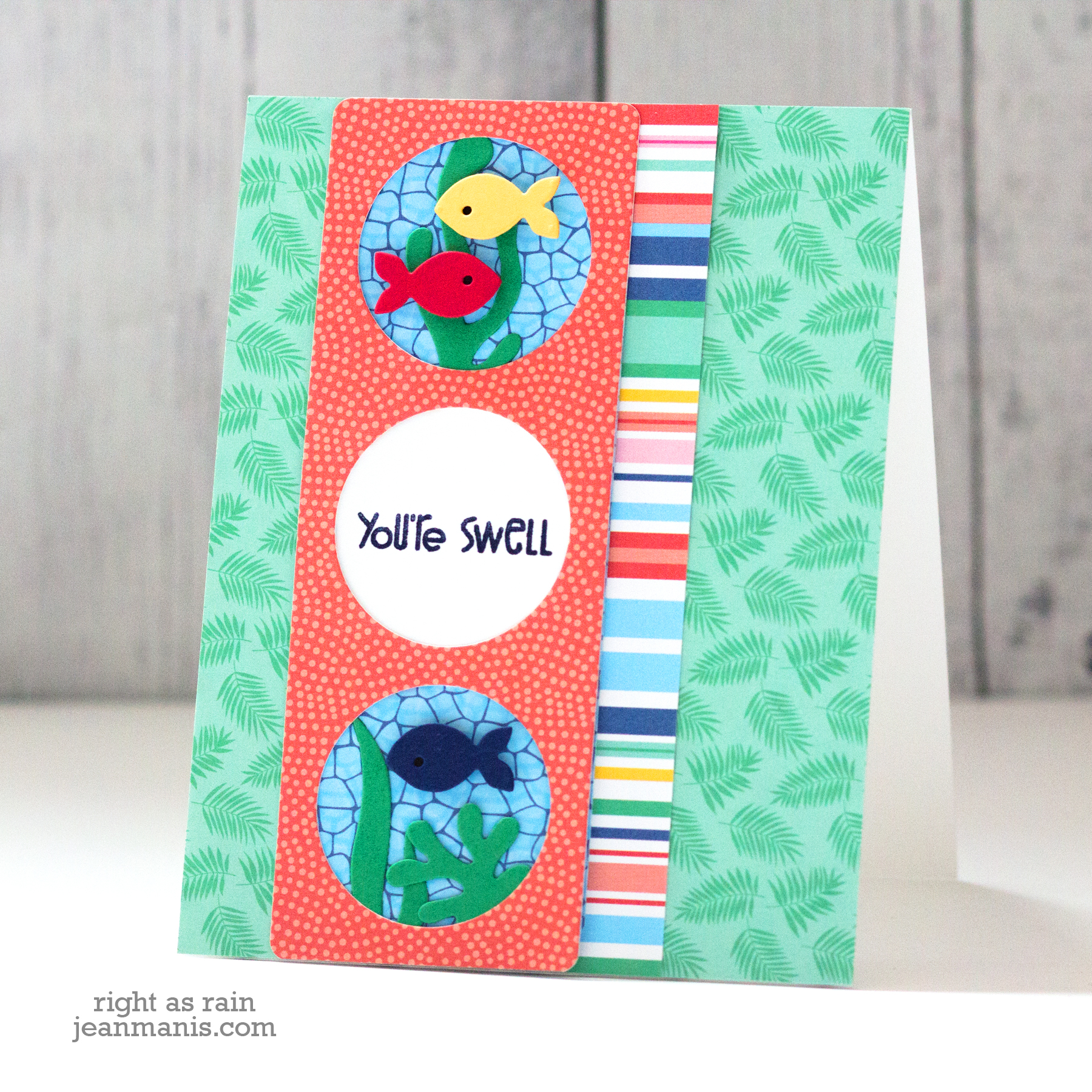
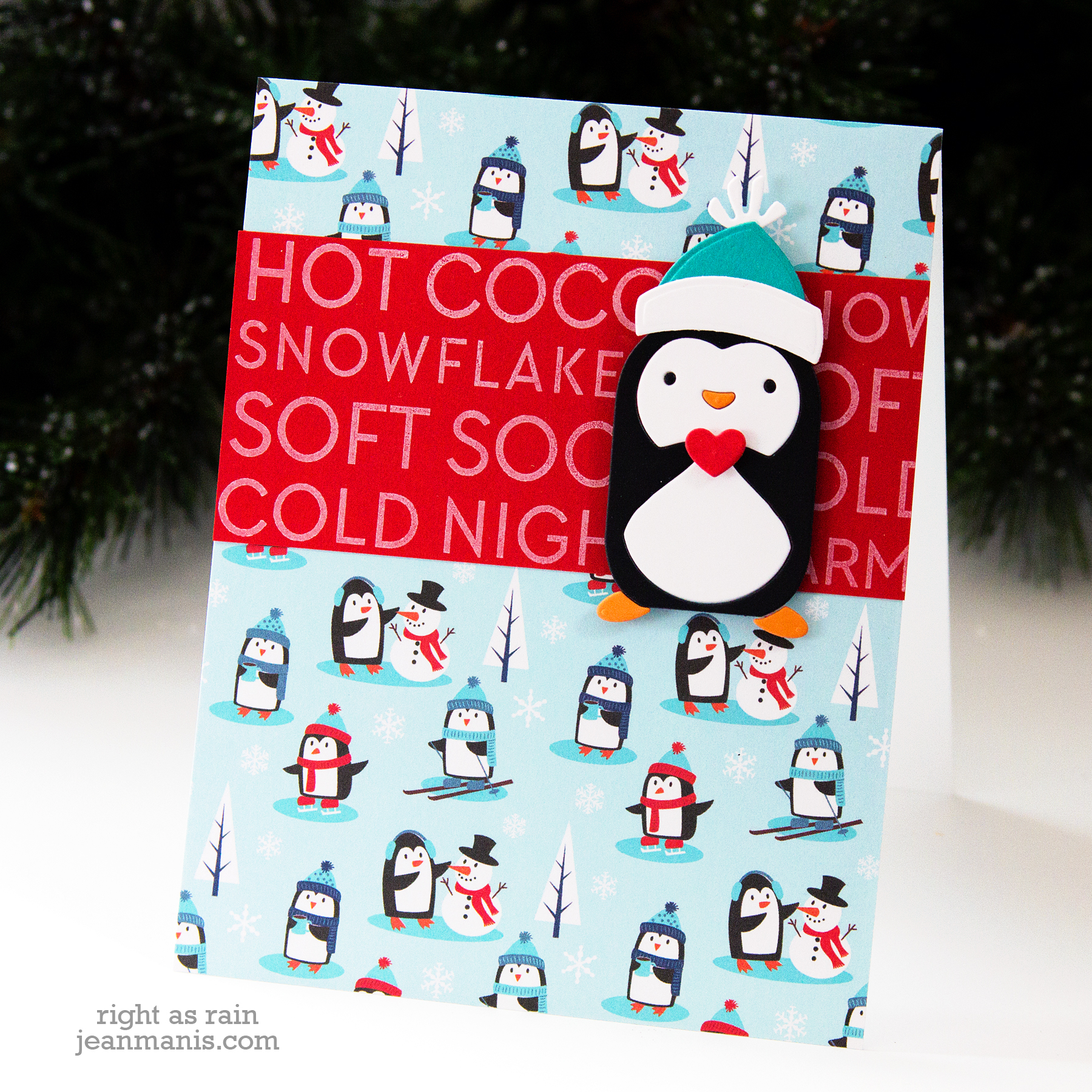
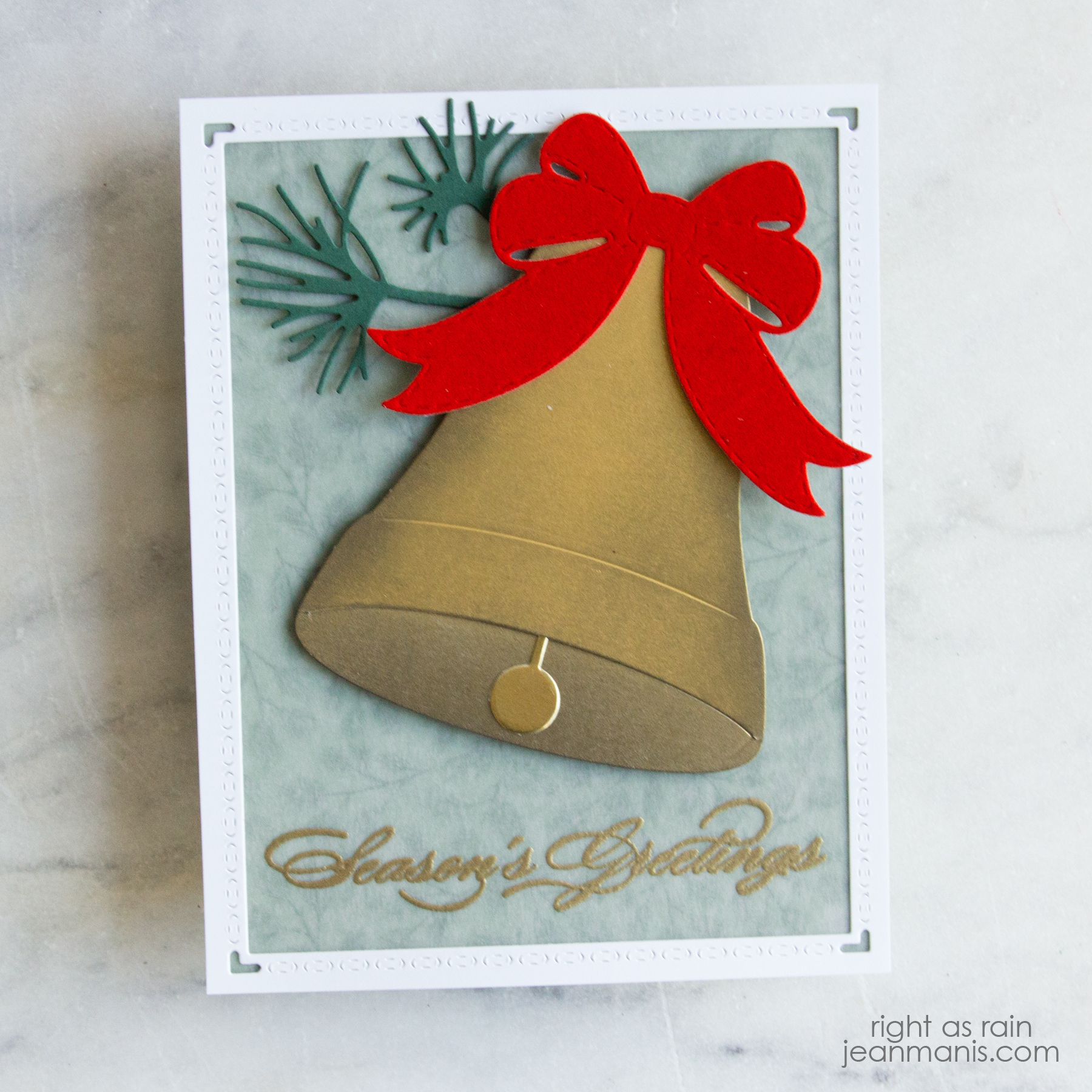
I had to laugh at white, but that is probably my favorite. I struggle with the colors since hues never seem to match or complement each other. But patterned paper is a strong number 2 and you have the best collection of that! Great blog post.
Fun to see the background comparison, Jean! When I do patterned papers, I often have a big pile of possibilities – amazing how different the final product depending on the choice…Your cards always look amazing!! I’m very behind on commenting so forgive me for not commenting on a bunch of previous posts…
LOovely to see these again!